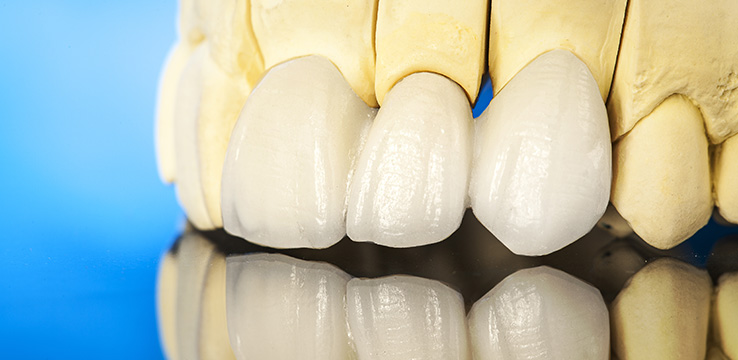
Porcelain veneers require a more complicated process than composite veneers. First, the dentist takes an impression of your teeth to make a model and modify the tooth shape to the desired result. The reshaped model is used as a mould to create a perfectly formed porcelain veneer to be fixed over your tooth. The porcelain veneer is about the thickness of a fingernail and is made in a dental laboratory. The veneer is fitted over your tooth at your next visit. Often the existing tooth will need to be filed down a little to fit the veneer over it.
Click here to listen to Dr James Cooke talking to eHealth Radio all about porcelain veneers benefits and the process.
Porcelain veneers are used to;
 hide unsightly stains
hide unsightly stains
 re-angle the teeth
re-angle the teeth
 lengthen or widen the teeth
lengthen or widen the teeth
 cover teeth that have become very heavily patched up and aged
cover teeth that have become very heavily patched up and aged

Meet Flip, a real Shore Dental patient who recently had porcelain veneers fitted.
Porcelain Veneers Patient Case Studies
These case studies are all Shore Dental patients. The work has been completed by Dr Ben Wilcox or Dr James Cooke at the Shore Dental practice. See more real case studies in our Smile Gallery.





















